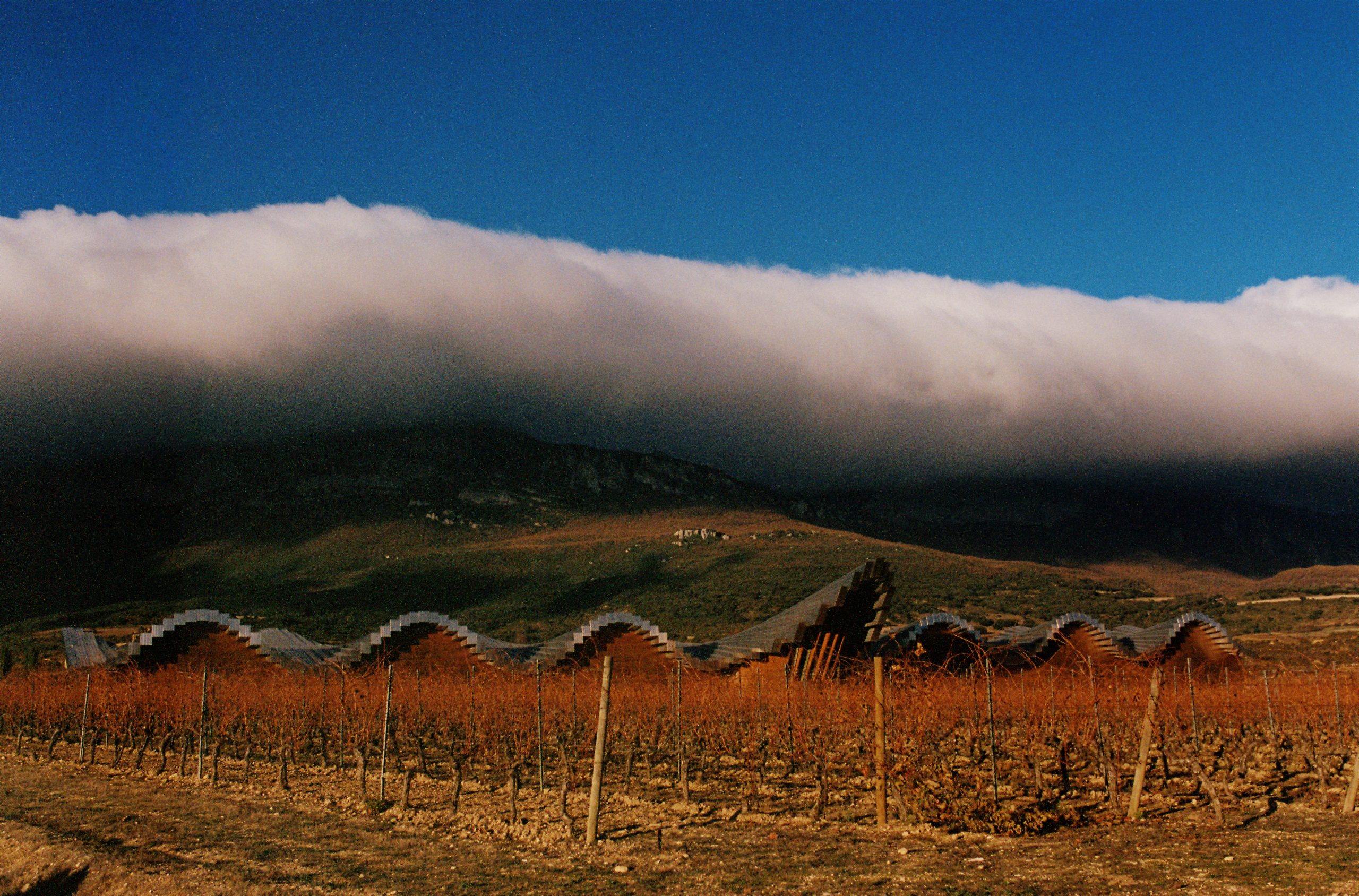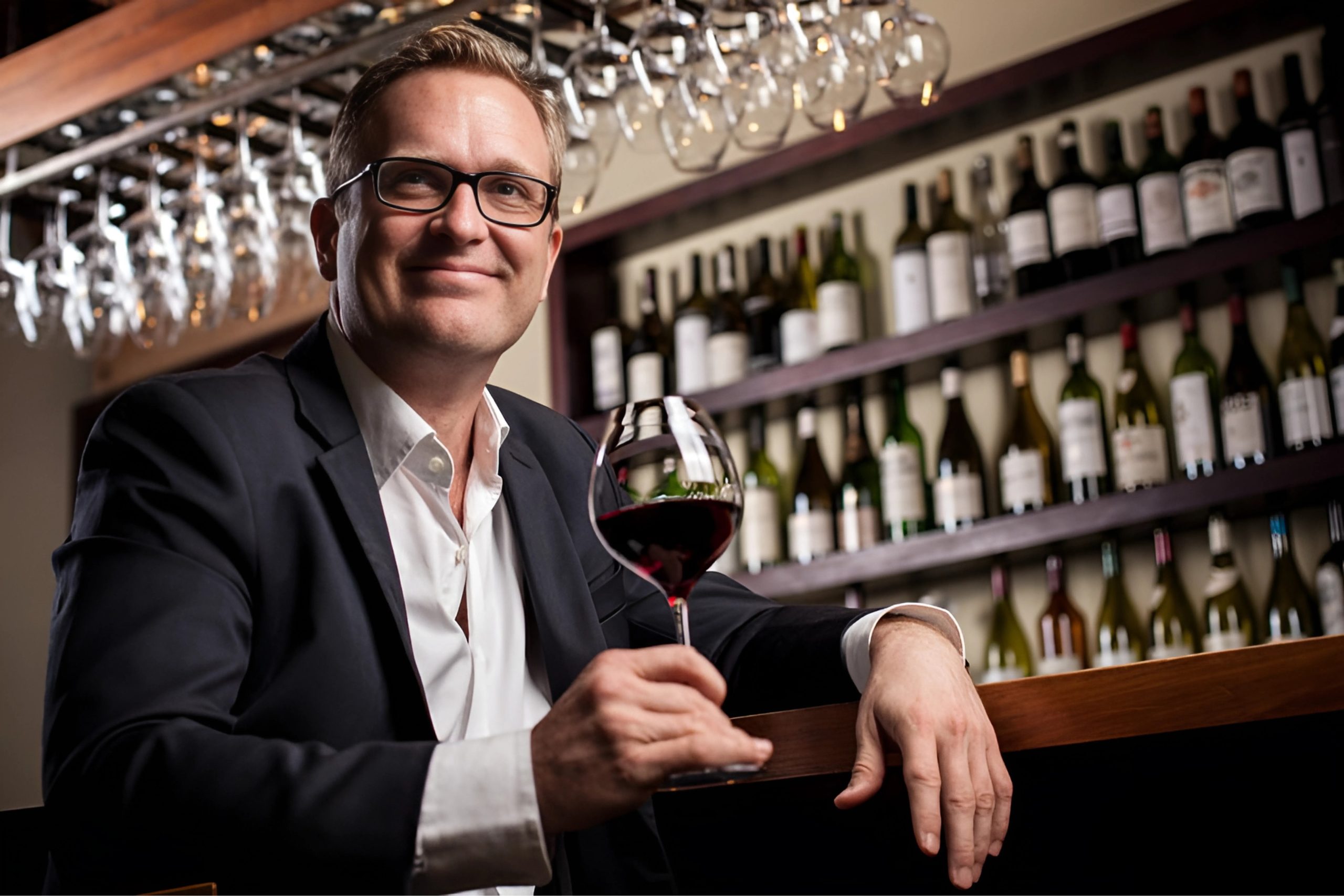Sugar poor guide of when to pick for fizz
Champagne producers who harvest grapes according to sugar levels alone are in danger of picking grapes that are under- or overripe.
Such views were expressed during a discussion on ripeness levels in Champagne with Ruinart chef de caves Frédéric Panaiotis in London yesterday, and also last month with Dom Périgon winemaker Vincent Chaperon.
Panaiotis, who came to the capital to launch Dom Ruinart 2004 blanc de blancs, said that it was necessary to consider phenolic and aromatic ripeness in the berries, along with the traditional measure of sugar levels, when deciding on the right moment to pick grapes for Champagne.
By way of example he said that producers harvested grapes for the 1988 vintage with a potential alcohol of 9.2%, “but the grapes were ripe”, whereas in 1996 “they were picked at 10.5% and we are now all agreed that the grapes were probably unripe”.
Consequently he added, “The number means nothing if you don’t have a relationship with the other elements… the grape can be ripe at 9.5%, but unripe at 10.5% or 11%.”
To assess “the other elements” Panaiotis is using a team to taste-test the berries, but he is also looking at the rate of change in grape sugar accumulation to help inform him when might be an ideal point to pick – both methods employed by Moet & Chandon at the LVMH group, of which Ruinart (and Dom Pérignon) is part.
Frédéric Panaiotis (Photo: Colin Hampden-White)
Although assessing the change in sugar levels is “complicated”, Ruinart has for the last four years trialled such specialist measurement using grapes from the 20 hectares the house owns in the region, which are used for its Dom Ruinart prestige cuvée.
Panaiotis said he was looking to harvest grapes within 3-7 days of grape sugar accumulation beginning to slow or stop accelerating altogether.
In terms of aromatic and phenolic ripeness, he said that Ruinart began using a team of 10 tasters three years ago to write down their impressions of berry flavours, textures, and bitterness levels.
He recorded a green phase in berry development, followed by a green-citrus character, then a ripe-citrus and finally a tropical fruit phase.
Such developments to harvest date decision-making was also discussed during a tasting in London with Dom Pérignon winemaker Vincent Chaperon last month for the launch the brand’s P2-1998.
Partner Content
Chaperon said that Dom Pérignon were the first in Champagne to start assessing aromatic and phenolic maturity in the berries by observing the colour of the grape skins and pips as well as tasting the fruit, but also stressed the difficult nature of such a method in the region due to its cool climate.
“We assess phenolic maturity through tasting and other parameters in the grapes that help us to understand if we are reaching phenolic maturity,” he said.
“In Bordeaux you can taste the pips, but in Champagne you can’t do that as 50% of the time they are still green, and there’s no interest because in Champagne there is no extraction from the pips,” he continued.
Nevertheless, he said that “the colour of the pips, and the skin is a way to estimate which stage of phenolic maturation you are.”
Looking back he said that “historically all Champagne was harvested according to sugar, acidity and botrytis, but at Dom Pérignon we were one of the first 15 years ago to try to harvest according other measures, such as through tasting.”
Both Panaiotis and Chaperon pointed out that a reduction in botrytis coupled with warmer climatic conditions were allowing producers to harvest later, but that this was not always positive.
“Some are looking for more maturity and I’m not sure that’s a good thing,” said Panaiotis.
Similarly, Chaperon implied that there is danger of Champagne becoming too ripe and losing its characteristic citrus fruit and freshness. He commented, “There is less botrytis and better maturation, so you can go further in ripeness and can pick at different times, but having more freedom is the not best thing for all people… sometimes it is better to have constraints.”
He then asked, “Until what point can we preserve the typicity?”





With all due respect to Vincent Chaperon, whom I know and used to work with, I am a bit surprised at his claim that Dom Pérignon was the first champagne to use observation of the colour of the grapes and their taste to asses maturity. If we were to go back 50 years or so – perhaps even less – those would have been the only methods available, so everyone would have used them. wouldn’t they?